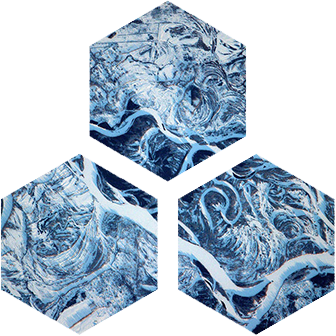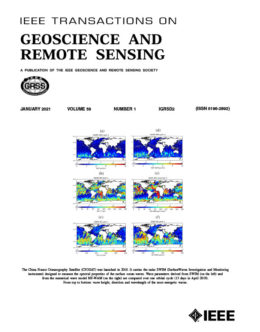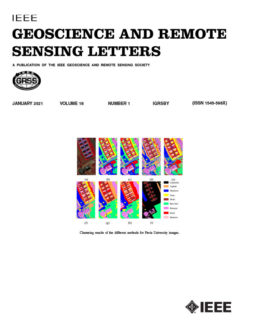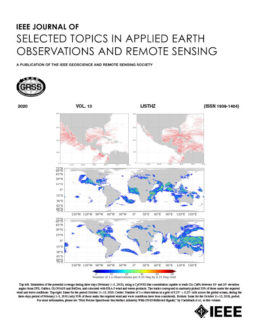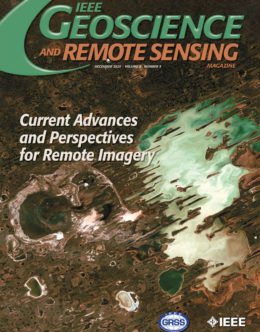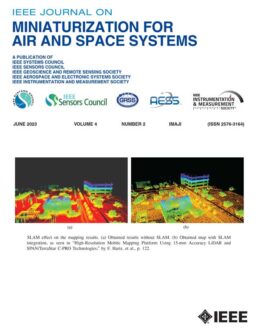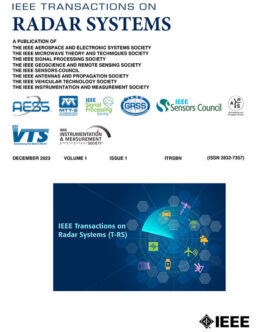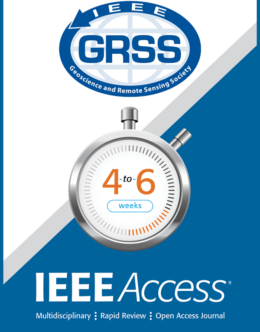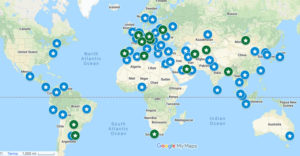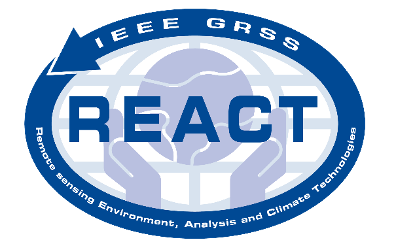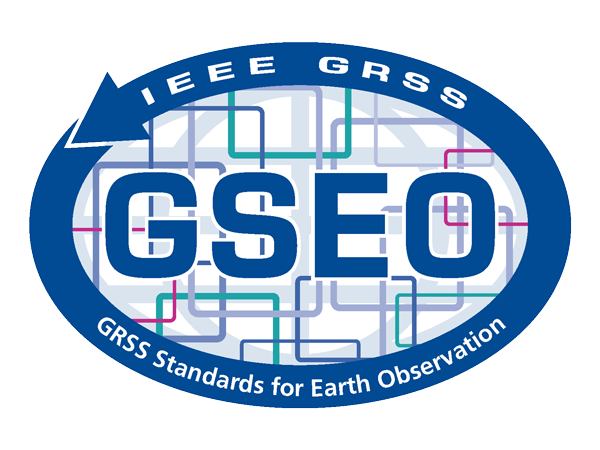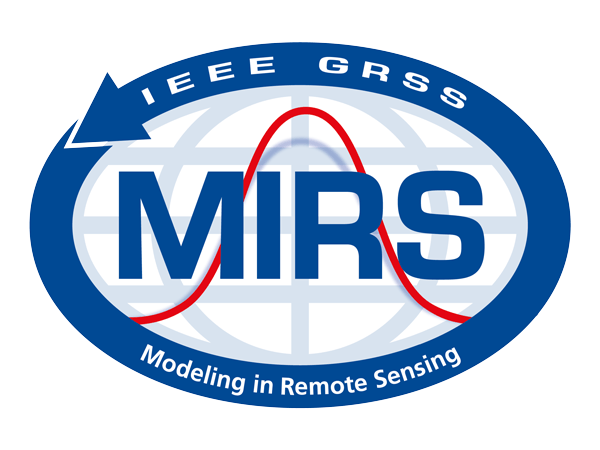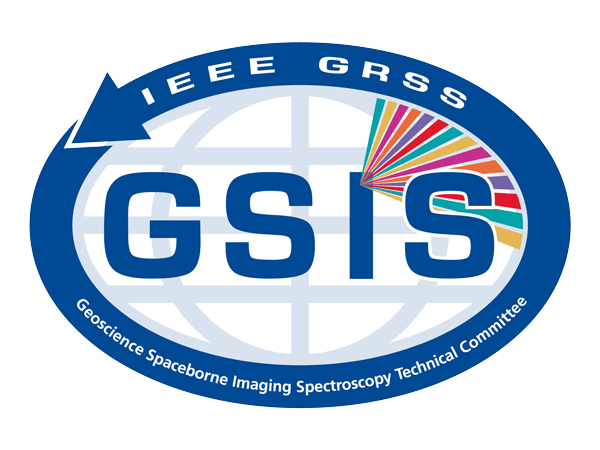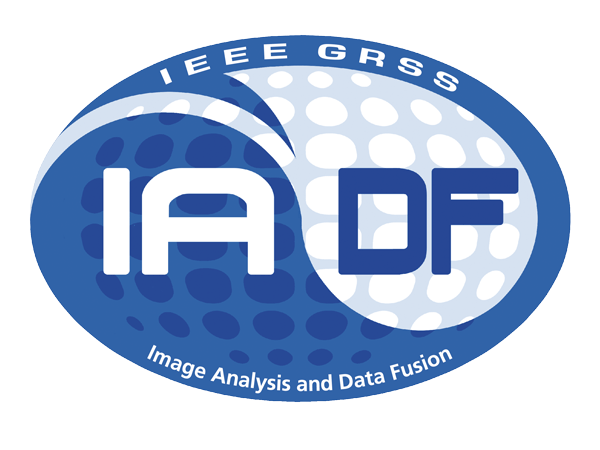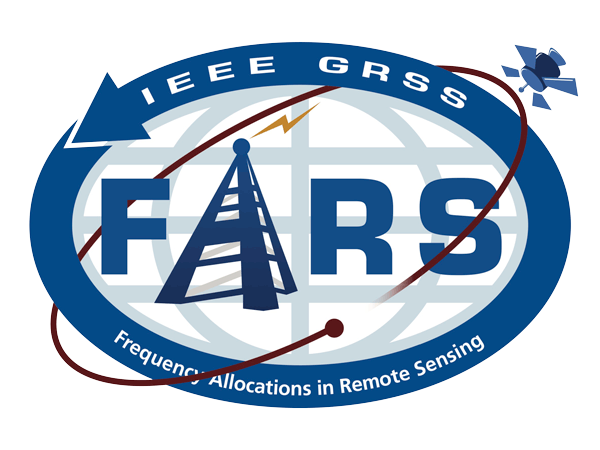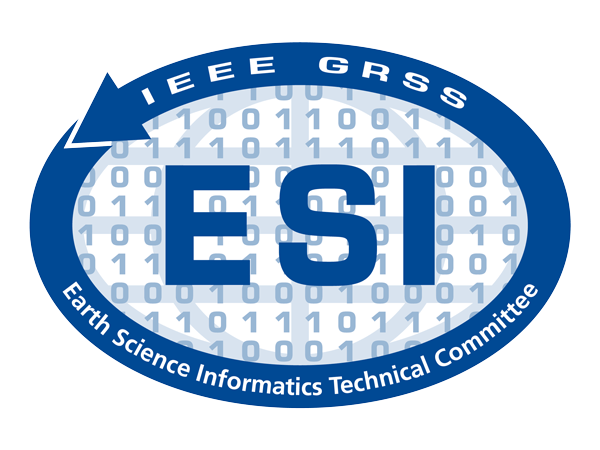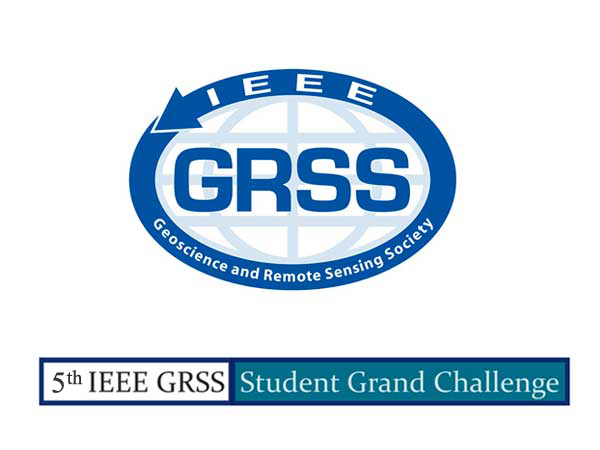Instrumentation and Future Technologies (IFT)
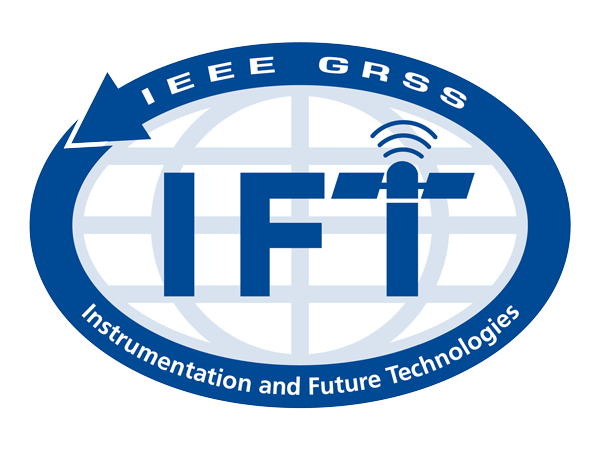
Welcome
The Instrumentation and Future Technologies (IFT) Technical Committee of the Geoscience and Remote Sensing Society serves as a global, multi-disciplinary, network to foster international cooperation in advancing the state-of-the-art in geoscience remote sensing instrumentation and technologies that improve knowledge for the betterment of society and the global environment. The committee actively promotes and provides insight to institutions and industry on remote sensing instrument and technology development.
- Organization
- Activities
- Working Groups
- Members
- Contact
- Recognitions
Mission
- Facilitate, engage and coordinate GRSS members and the communities-at-large
- Assess the current state-of-the-art in remote sensing instruments and technology
- Identify new instrument concepts and relevant technology trends
- Recognize enabling technologies for future instruments
Why Join The IFT TC?
- Facilitate, engage and coordinate GRSS members and the communities-at-large
- Assess the current state-of-the-art in remote sensing instruments and technology
- Identify new instrument concepts and relevant technology trends
- Recognize enabling technologies for future instruments
Working Groups
- Joining is free and you can unsubscribe at any time
- Get in touch with a wide range of experts on remote sensing instruments and technologies
- Receive a periodic newsletter with recent advancements, future conferences and workshops
- Be part of a growing and dynamic community developing technologies and Earth Observation instruments for the betterment of society and the global environment
Organization
The IFT TC is structured in such a way as to encourage the active participation of GRSS and other interested IEEE members. The IFT TC organization comprises a Committee Chair, two Committee Co-Chairs, two Senior Advisors, and 7 working groups (WGs). Each of these 7 working groups carries out the IFT TC missions within its technology area.
- Active Microwave: Radars and Synthetic Aperture Radars (SAR)
- Passive Microwave: Radiometers
- Active Optical and Lidar
- Passive Optical
- GNSS and Signals of Opportunity
- Remote Sensing Instruments for Small Satellites
- Remote Sensing Instruments for UAVs
The IFT TC consists of a multi-disciplinary team of academics, scientists, and researchers from universities, agencies, and industry. The Chair of the IFT is elected by the members of the Committee every 2 years. The following are the core committee officers for 2023-2025.
IFT Technical Committee Chair
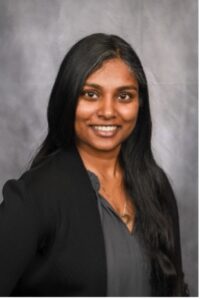  | Rashmi Shah Jet Propulsion Laboratory (JPL), California Institute of Technology USA |
IFT Technical Committee Co-Chairs
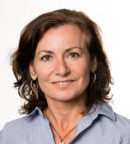  | Delwyn Moller The University of Auckland New Zealand |
  | Dustin Schroeder Stanford University USA |
IFT Technical Committee Senior Advisor
  | Marwan Younis |
Working Group Leads
Active Microwave: Radar and SAR
  | Roger Michaelides |
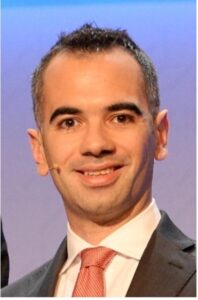  | Michelangelo Villano German Aerospace Center (DLR) Germany |
Passive Microwave: Radiometers
| Maryam Salim Jet Propulsion Laboratory (JPL) USA |
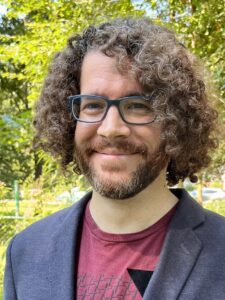  | Ian Adams |
Active Optical and Lidar
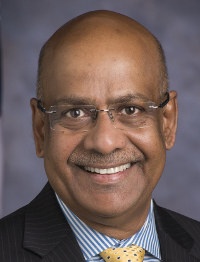  | Upendra Singh Engineering Directorate NASA LaRC |
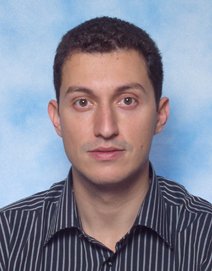  | Georgios Tzeremes ESA, TEC-MME The Netherlands |
Passive Optical
GNSS and Signals of Opportunity
  | Eric Loria Jet Propulsion Laboratory (JPL), California Institute of Technology USA |
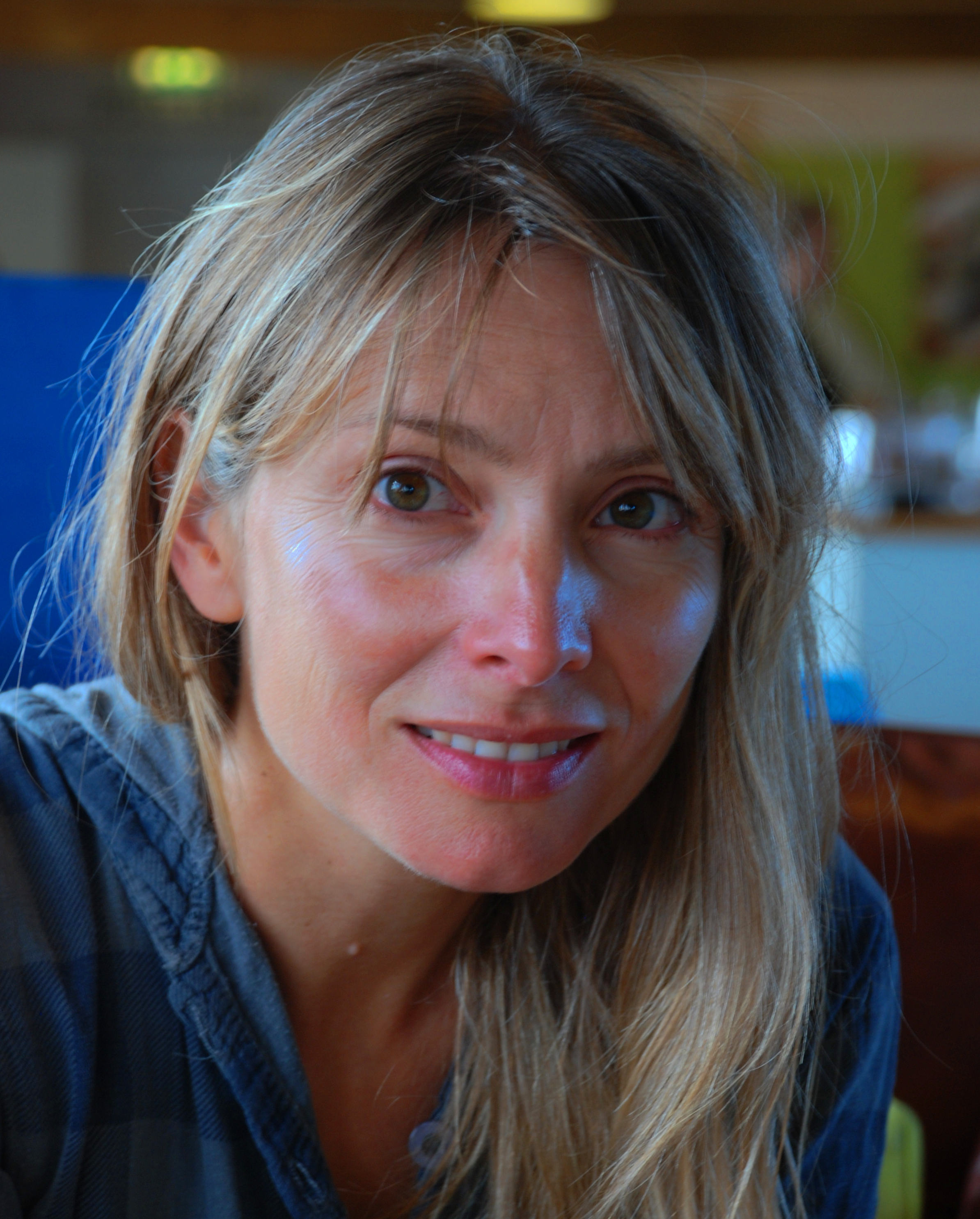  | Estel Cardellach Institute of Space Sciences (ICE-CSIC/IEEC) Spain |
Remote Sensing Instruments for Small Satellites
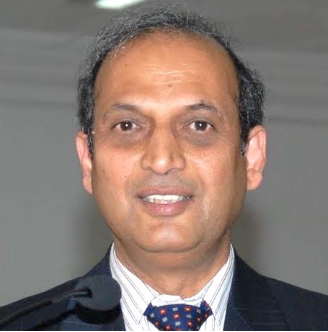  | Sachidananda Babu NASA/Earth Science Technology Office (ESTO) USA |
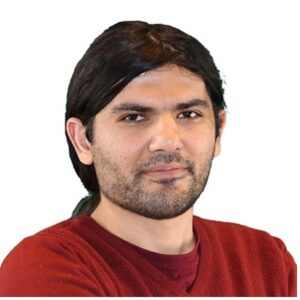  | Mehmet Ogut Jet Propulsion Laboratory (JPL), California Institute of Technology USA |
Remote Sensing Instruments for UAVs
  | Rodrigo Gomez Fell University of Canterbury New Zealand |
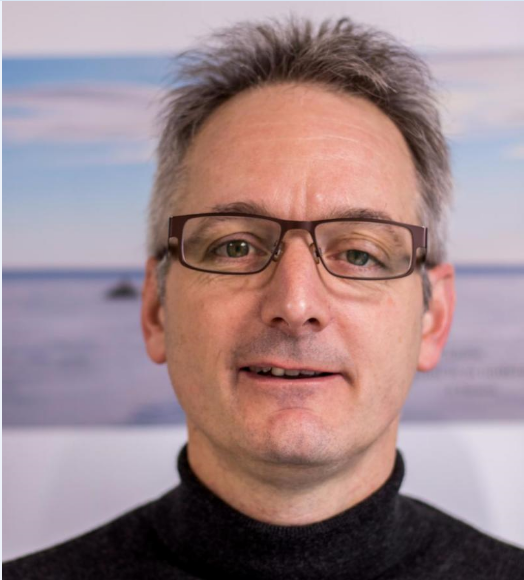  | Wolfgang Rack University of Canterbury New Zealand |


TC Newsletter
The committee distributes a periodic e-mail newsletter to all committee members regarding recent advancements, datasets, and opportunities. If you are interested in receiving the newsletter, please join the TC. If you want to let us know about upcoming conference/workshop/journal deadlines, new datasets or challenges, or vacant positions in remote sensing and earth observation, we would highly appreciate your input.
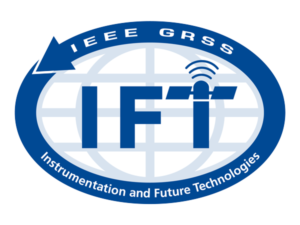
Summer Schools
Since 2019, the IFT TC has organized two Summer Schools on Remote Sensing Instrumentation and Future Technologies.
- July 2019, 1st IEEE GRSS IFT Summer School, Barcelona, Spain.
- January – February 2023, 2nd IEEE IFT Summer School, Auckland, New Zealand.
- October 4 – 5, IEEE IFT-MIRS TC Summer School, Pasadena, CA.
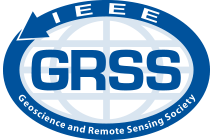
GRSS Webinars
The IFT Chapter hosts a monthly webinar on topics relevant to the IFT TC. They are recorded and are posted on youtube channels: www.youtube.com/@IEEEGRSS/videos
To get an update of upcoming webinars, please sign up our mailing list by clicking “Join IFT” button. If you are interested in giving a webinar, please reach out to us at ift_chairs@grss-ieee.org.
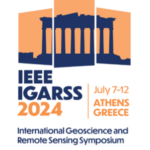

Community Contributed Sessions
- IGARSS 2024 CCS.26: Coastal Observations: Current Status and Future Needs for Sustainable Development
- IGARSS 2024 CCS.106: Space Lidar: Missions, Technologies and Observations
- IGARSS 2024 CCS.86: Quantum Technology for Remote Sensing (Part 1)
- IGARSS 2024 CCS.133: Leveraging CubeSat and SmallSat validations for future of remote sensing
Active Microwave: Radar and SAR Working Group
The goal of the Active Microwave: Radar and SAR Working Group is to promote the advancement of active microwave remote sensing instruments and instrument technology. We are particularly interested in the development of next-generation radar technologies that capitalize on new platforms (e.g. small satellites or UAVs), new observing approaches (e.g. distributed, multi-frequency, bistatic/multi-static SAR, constellations, or short-repeat radars), new hardware (e.g. software-defined radios or Gallium Nitride), new processing (e.g. digital beam-forming, MIMO-SAR, spaceborne GMTI, or machine learning), or new applications (e.g. SAR tomography, radar sounding or radar/radiometer synthesis).
- Cubesat, Smallsat, and UAV-borne Radars
- GEO/MEO/LEO and constellation radar satellites
- Distributed Radar Systems
- Radar Architectures Optimized for Machine Learning
- Multi-Frequency Radar Systems
- Radar Sounders
- Multi-Temporal Observations and Analysis
- Software-Defined Radars
- Digital Beam-Forming
- MIMO-SAR
- SAR Tomography
- Radar/Radiometer Synthesis
- Gallium Nitride Technology
- Spaceborne GMTI Signal Processing
Other topics in active microwave remote sensing may be pursued based on community input. We solicit suggestions and comments. The working group organizes special informal workshops, special sessions at IGARSS, special journal contributions, and summer schools.
Passive Microwave: Radiometer Working Group
The Passive Microwave: Radiometer Working Group (MRWG) addresses issues related to passive remote sensing in the microwave, millimeter-wave, and sub-millimeter wave portions of the electromagnetic spectrum. This includes all aspects of this area of remote sensing technology including in particular:
- Trends in instrumentation and new instrument and calibration concepts
- Specific technology challenges
- Disruptive technologies for passive microwave observations
- Technology push, and
- Market pull from both scientific needs and commercial applications
The desire of the MRWG members is to use this website as a place to both provide information to the community on these topics as well as gathering input from the community as a whole. This includes offering members of the general remote sensing community the opportunity to highlight relevant developments. This also includes the compilation of white papers summarizing the views of the MRWG members in these areas. To that end, the MRWG has identified the following key trends and issues within the passive microwave remote sensing field:
- Radio-frequency interference (RFI) – detection and mitigation methods
- RFI is a significant issue in many microwave bands and is expected to increase in the near future. Methods are being developed to detect and remove RFI to enable interference-free remote sensing in the affected bands. These methods need to be validated and implemented – key implementation issues still exist, particularly for space-based missions.
- Digital radiometers – digital back-ends, correlators, and spectrometers
The desire for on-board digital signal processing is pushing the passive microwave field towards the use of digital radiometry. This includes digital spectrometers for the detection and removal of RFI and for sounding trace gases in the Earth and in planetary atmospheres and digital correlators for use in the digital beamforming and in polarimetric radiometry. These applications require low mass, low power, and high-performance digital solutions that can operate in high radiation environments.
- High-frequency, mm, and sub-mm technologies. Applications such as the sounding of trace gases and the remote sensing of cloud ice require observations in the 100s of GHz to THz range. For these applications, low power, low noise receiver technologies are required and a number of competing technologies are being developed.
- Radiometer calibration including noise diodes, cold-Field-Effect Transistors (cold-FETs), and external targets.
- Remote sensing observations, in general, require sources of stable, accurate calibration. The current set of calibration standards on, for example, space-borne passive microwave instruments have a number of important limitations. New methods of calibrating radiometers, such as vicarious calibration via stable external targets, and new internal calibration methods such as the use of noise diodes and cold-fet calibration targets, are being developed to address these issues.
- Low power, low mass, miniaturized radiometers including MMIC/MIC (Monolithic Microwave Integrated Circuits/Microwave Integrated Circuit) technology
- Nearly all applications of passive microwave technology, and in particular space-borne applications, benefit from low power, low mass, miniaturized receivers. Aside from the obvious benefits of reduced payload accommodation requirements, miniaturization reduces thermal gradients thereby improving receiver calibration. Developments in MMIC/MIC technology have enabled significant reductions in receiver mass, power, and volume, and developments in the area will further enable the use of these microwave radiometers on future remote sensing missions.
- Aperture technologies including synthetic thinned aperture, phased arrays, large deployable apertures
- A number of current and future applications of passive microwave radiometry require new aperture technologies. These include applications such as the desire to make passive microwave observations from geosynchronous orbit and the desire to make low-frequency observations from low Earth orbit, where apertures using conventional technologies to provide the required spatial resolution would be prohibitively large.
- Also included is the desire to make high-resolution observations from small platforms such as UAVs (Unmanned Aerial Vehicles). The fundamental issue is the desire for small beam-widths from an aperture that can fit within a small volume. Synthetic thinned apertures, phased arrays, and large deployable apertures are all examples of technologies that address this issue.
In the future, this web page will include white papers addressing the key developments in the above areas. Additional information in these specific areas as well as any other relevant area, including specific developments from members of the general community, are welcomed and encouraged. Any input can be sent via email to the WG leads. At a later time, a discussion forum will be opened, which can also be used to communicate this information.
Active Optical and Lidar Working Group
The objective of the Active Optical and Lidar working group is to address the challenges related to active optical remote sensing as well as promote the advancement of Active Optical and Lidar remote sensing instruments not only for ground but airborne and satellite applications. With a number of instruments already operational or pending launch within the coming years, many of their original technological issues have been resolved, still the long term reliability of key active components and the survival in a harsh space environment requires additional efforts and investments. Some focal areas that summarizes the key topics for the working group of Active Optical and Lidar instruments are:
- Continuation of work in the domain of long-lived/ high power UV lasers and optics, especially contamination and optical damage
- Research to improve the reliability of lasers and high power optics operated in a vacuum
- Space-qualification of tuneable lasers and optics to support trace gas lidars operating in the 1-5 µm region
- Space-qualification of higher efficiency lasers such fiber lasers and amplifiers. Radiation hardening is an area of particular concern
- General power scaling of space-qualified lasers with a focus on improved efficiency and thermal tolerances
- Improved high gain, low dark noise and low NEP space qualified/qualifiable array/detector at all wavelengths, and in particular in IR bandwidth
These areas are not restrictive in any way and additional topics may be pursued based on community inputs. Furthermore, the generic goal of instrument flexibility and multi-functionality is gaining momentum in this WG with the broadening of active optical applications (optical telecom, navigation etc.) In the future, this web page shall include white papers addressing the key developments in the above mentioned topics. Feel free to provide any input via email to the WG leads to include additional topics for consideration.
Passive Optical Working Group
The Passive Optical Working Group (POWG) addresses issues related to passive remote sensing in the Ultra-Violet through Far Infrared. This includes all aspects of this area of remote sensing technology including in particular:
- Trends in instrumentation and new instrument and calibration concepts
- Specific technology challenges
- Disruptive technologies for passive optical observations
- Technology push
- Market pull from both scientific needs and commercial applications
The desire of the POWG members is to use this website as a place to both provide information to the community on these topics as well as gathering input from the community as a whole. This includes offering members of the general remote sensing community the opportunity to highlight relevant developments. This also includes the compilation of white papers, webinars, or presentations summarizing the views of the POWG members in key-trend areas. As a preliminary list, the POWG has identified the following key trends and issues within the passive optical remote sensing field:
- Multi-Modal optical Instrumentation: Software configured instruments may perform multiple missions by manipulating the optical design function and the application of various filtering technologies to select data of interest
- Innovative Detector Technology:
- Broad Band Technologies: Focal Planes, Refractive/Diffractive Optical Solution designed to extend the operational bands of optical instruments.
- Digital Integration– fast detector sampling and digital processing enables a host of useful algorithms that may dramatically modify how passive optical systems are designed, and how they are likely to be employed in the future.
- Hardware and Software Based Computational Imaging (including Super Resolution)
- Lensless Imaging Methods
- Passive Optical Signal Processing
- Radiometer calibration including: noise diodes, cold-Field-Effect Transistors (cold-FETs) and external targets.
- Nearly all applications of passive optical technology, and in particular space-borne applications, benefit from low power, low mass, and smaller form factors.
- A number of current and future applications of passive optical sensing require new aperture technologies. These include applications such as the desire to make passive optical observations from a conformal surface.
In the future, this website will include:
- News related to IFT Passive Optics and our extended community including conferences of interest to our working group.
- IFT POWG working group meetings
- White papers, Presentations, and Training material addressing the key developments in the above areas.
Additional information in these specific areas as well as any other relevant area, including specific developments from members of the general community, is welcomed and encouraged. Any input can be sent via email to the WG leads. At a later time, a discussion forum will be opened, which can also be used to communicate this information.
GNSS and Signals of Opportunity Working Group
The purpose of the GNSS and Signals of Opportunity Working Group is to cover all non-navigational uses of GNSS signals. These can be broadly divided into two distinct groups: one is the use of GNSS signals received after passing through the limb of the Earth’s atmosphere i.e. occultation, the other is the use of GNSS signals reflected off the Earth’s surface from which properties of that surface may be determined, also known as GNSS-R.
With the steady increase in sources of GNSS signals over the coming years, these two techniques are also set to increase in their use and understanding. The working group will therefore act as a forum for exchange and possible cooperation in these fields with respect to the instrument designs, processing and interpretation of results.
On the one hand occultation is already established as an Earth Observation instrument (e.g. GRAS on board Metop), on the other, GNSS-R is very much in its infancy and is likely to develop significantly in the next few years. For both, the increase in numbers of navigation systems (GPS, Galileo, Glonass, Beidou), numbers of satellites, numbers of different frequencies (including possible extension into other bands such as C-band), increase of power transmitted and increase of bandwidth, will all add to the capabilities required of future GNSS instruments.
These developments in GNSS can be of great benefit to the remote sensing community since they will not only allow far higher coverage than can currently be achieved with GPS alone, but also improved signal quality and hence enhancing the quality remotely of the remotely the technology for future instruments. For instance, for certain applications, e.g. mesoscale ocean altimetry, many high-gain antenna beams will be required of the instrument in order to be able to cover all the glistening zones of the GNSS signals. At the same time, the beam patterns must not only be agile but also well known and very stable, placing significant demands on the antenna design and the beam forming network behind it. Another point is that the raw data rate for all these signal sources is extremely high necessitating on-board processing by which very significant data rate reductions can be realized.
As the use of GNSS signals for remote sensing gains acceptance in the various scientific user communities, demands on the instrument are very likely to change as are the ways of processing and interpreting the data. The GNSS WG will therefore provide a focal point for innovation and excellence in future instrumentation.
The working group keeps an active bibliography which can be found here: www.ice.csic.es/personal/rius/gnss_r_bibliography/index.html
Remote Sensing Instruments for Small Satellites
There is an increased CubeSat and SmallSat constellation deployments by both Governments and Commercial entities. With this there are more opportunities for cheaper and better ways to perform science measurements, which were out of reach with larger satellites. Many of these efforts are targeted towards remote sensing. Some of the very successful missions like RainCube, TEMPEST-D and GOM-4X. These successes have paved the way for upcoming missions like FSSCAT and TROPICS constellation.
To take advantage of our community members involvement and knowledge this group is planning to organize:
- Focused sessions on CubeSat and SmallSat missions at IGARSS
- Organize Virtual siminars on relavent topics
- Panel meetings at IGARSS to bring out latest developments
- Bridge the gap between small satellite and instrumentation technologists and remote sensing mission planners
The broad membership of the SmallSat Working Group can aid in this process, merging the new experience base from the Industry and University developments, with the space agencies worldwide. There is need to incorporate the lessons learned from these missions. However, care must be taken in incorporating these practices into all missions, as they may be at odds with traditional space qualification grade missions.
The co-chairs invite readers who are interested in contributing to contact them for membership details.
Remote Sensing Instruments for Unmanned Aerial Vehicles
UAVs play and increasingly important role as a platform for remote sensing sensors in environmental and industrial research. Especially lightweight optical sensors already fill an important gap for cost-effective observational studies in a huge variety of environments. Radar sensors are still less common, as weight, energy, and processing requirements are often more demanding. With this working group we aim to foster exchanging experience, development, and application of microwave remote sensing instrumentation specifically applicable for UAVs. Applications range from active and passive sensors in the cm to millimeter waves frequency spectrum possibly in combination with optical and thermal sensors. We take advantage of the versatile skills and interests of an enthusiastic community for the following activities:
- Foster advancement of high quality microwave instrumentation on UAV platforms
- Provide a networking hub between students, researchers, and engineers across universities, research centres, and industry
- Strengthen the academia network by exchange, internship, and joint degrees on relevant research fields.
- Organize international symposiums and virtual seminars on relevant topics supporting the implementation and development of lightweight UAV instrumentation
- Establish a discussion forum for participants in research and industry across all career stages
- Utilise the community’s expertise in airborne and satellite remote sensing for UAV applications
- Publications: Newsletter, books, special issues, etc.
This working group will aid in making use of the vast knowledge in research teams and of individuals in a quickly emerging area of remote sensing. The co-chairs invite everyone interested in contacting them for details of how to get involved.
Current membership (as of January 2024)
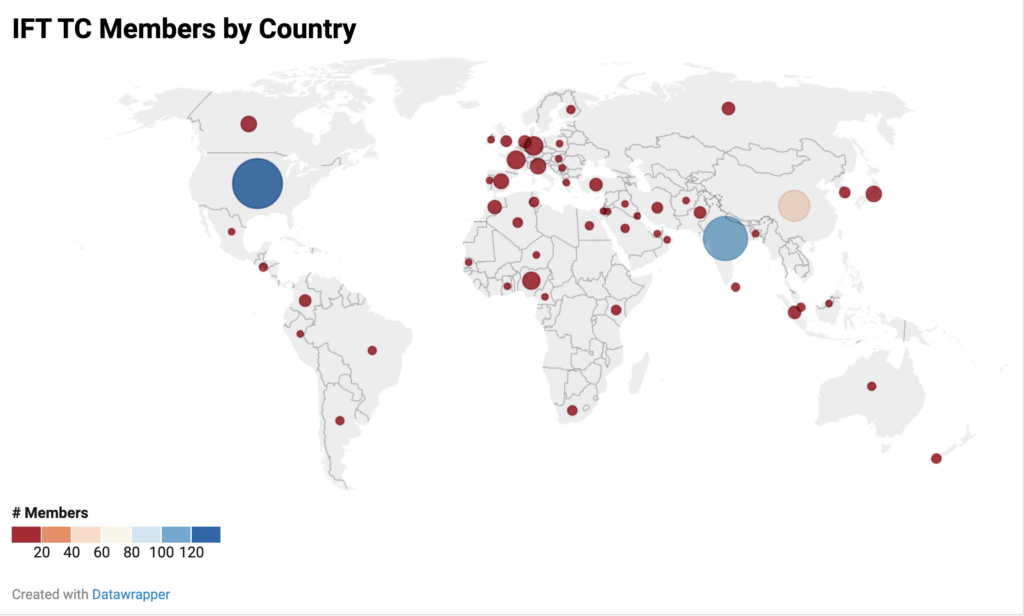

Contact
You can contact the Committee Chairs by email at ift_chairs@grss-ieee.org.
Membership in the IFT Technical Committee is open to anyone interested in issues related to Instrumentation and Future Technologies. IEEE Geoscience and Remote Society membership is encouraged, but not required to join the IFT Technical Committee. Join the IFT Technical Committee!
IFT-TC Recognitions
This page provides information about the Recognitions promoted by the Instrumentation and Future Technologies Technical Committee.
Through this recognition, the IFT-TC advances the interests of its members by endorsing the contributions in geoscience remote sensing instrumentation and technologies that improve knowledge for the betterment of society and the global environment.
We celebrate technological triumphs in our fields and the people who make them, to inspire future generations of innovators and innovations.
If you have any recognition that you would like to highlight, please email us at ift_chairs@grss-ieee.org.
